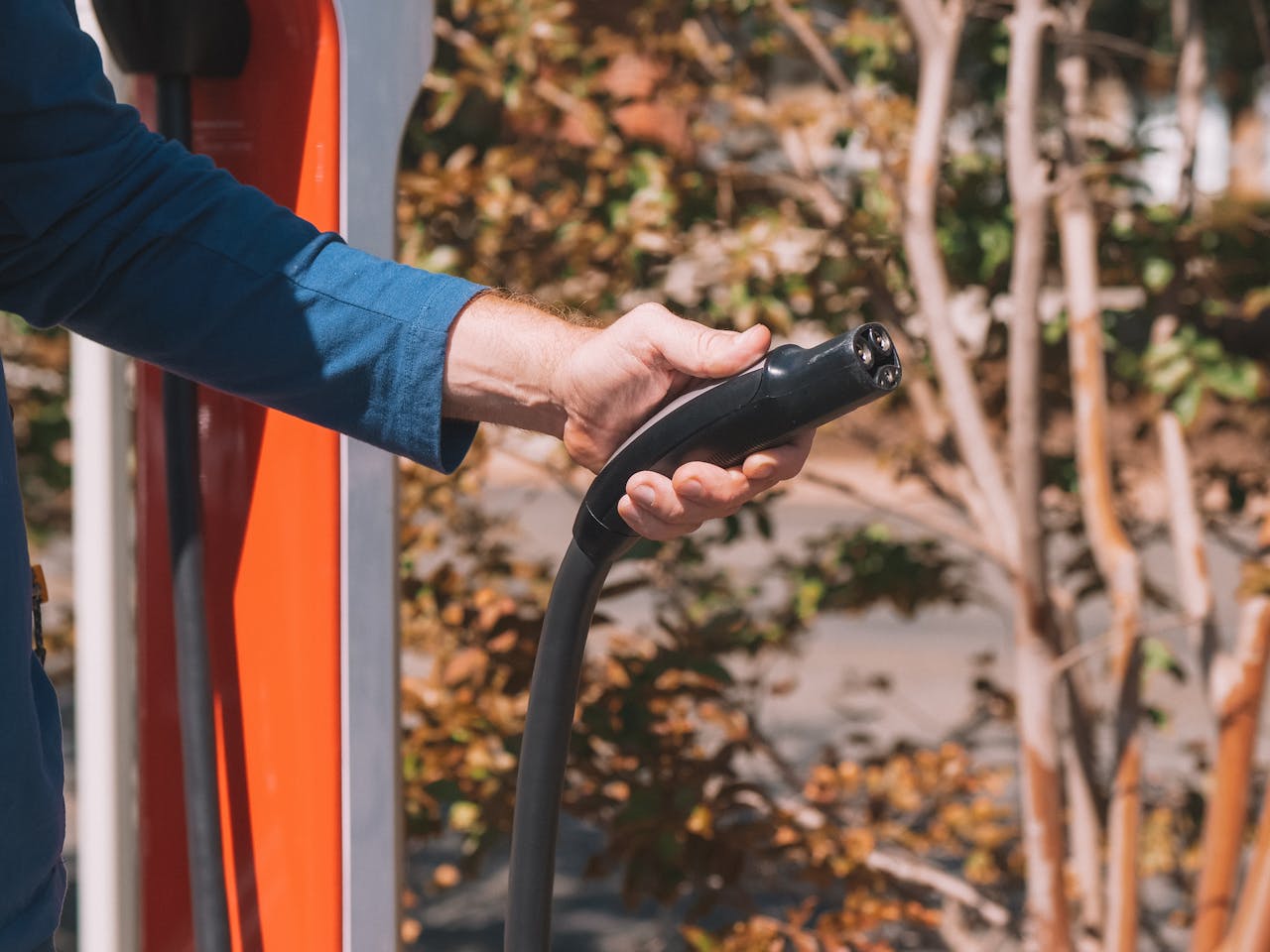2025 EV Battery Breakthroughs: Boosting Range and Charging Speed
In 2025, the electric vehicle (EV) industry is poised to witness transformative battery breakthroughs that promise to boost range and charging speed significantly. According to BloombergNEF, the global EV market is expected to surpass 50 million units by 2030, driven largely by advancements in battery technology. These innovations are not only set to redefine consumer expectations but also play a pivotal role in accelerating the adoption of electric vehicles worldwide. In this article, we’ll explore the latest developments in EV batteries, shedding light on how these changes will enhance your driving experience and what you can expect from the next generation of electric vehicles.
The Evolution of EV Battery Technology
1. Solid-State Batteries: The Game Changer
Solid-state batteries are at the forefront of 2025’s EV battery breakthroughs. Unlike traditional lithium-ion batteries that use liquid electrolytes, solid-state batteries employ a solid electrolyte, offering numerous advantages:
- Increased Energy Density: Solid-state batteries can store more energy in the same space, enhancing vehicle range. For instance, the range of EVs could increase by up to 50%, offering 500-600 miles per charge.
- Faster Charging: These batteries support rapid charging, potentially reducing charging times to just 15 minutes.
- Enhanced Safety: With a reduced risk of overheating and fire, solid-state batteries promise a safer driving experience.
Companies like Toyota and QuantumScape are leading the charge in solid-state battery development, with commercial production expected to begin by 2025 (InsideEVs).
2. Lithium-Iron Phosphate (LFP) and Beyond
While lithium-ion batteries have dominated the EV landscape, there’s a growing shift towards lithium-iron phosphate (LFP) batteries. LFP batteries offer:
- Cost Efficiency: They are cheaper to produce, making EVs more affordable without compromising performance.
- Longevity: With a longer lifecycle, LFP batteries can outlast traditional lithium-ion counterparts.
Tesla has already started using LFP batteries in its standard range models, with plans to extend this to other vehicles by 2025 (Electrek).
3. Silicon Anodes: Supercharging Performance
Silicon anodes are another promising innovation, capable of increasing battery capacity by 20-40%. This improvement could significantly enhance EV range, making long-distance travel more feasible. Companies like Sila Nanotechnologies are pioneering this technology, with commercial implementation expected soon (The Verge).
Practical Insights for EV Enthusiasts
Choosing the Right EV in 2025
With advancements in battery technology, selecting the right electric vehicle becomes crucial. Here are some tips to consider:
- Range Requirements: Assess your daily commute and choose an EV that offers a range fitting your lifestyle.
- Charging Infrastructure: Consider the availability of charging stations in your area and the compatibility of the EV with fast-charging networks.
- Budget Considerations: While solid-state and silicon-anode-equipped EVs might come at a premium, LFP battery models offer a more budget-friendly option without sacrificing quality.
Best EVs of the Year
As battery technology evolves, here are some of the top EVs to watch in 2025:
- Tesla Model S Plaid: With its predicted 600-mile range and cutting-edge battery technology, it’s a frontrunner in luxury and performance.
- Ford Mustang Mach-E: Known for its affordability and impressive range, it remains a popular choice among EV enthusiasts.
- Rivian R1T: This electric truck offers durability and range, making it perfect for adventure seekers.
Charging Insights: A Beginner’s Guide
Understanding Charging Speeds
With rapid advancements in battery technology, understanding charging speeds is critical:
- Level 1 Charging: Ideal for overnight charging at home, offering 2-5 miles of range per hour.
- Level 2 Charging: Common at public stations and homes, providing 10-20 miles of range per hour.
- DC Fast Charging: Best for long trips, offering up to 80% charge in 30 minutes.
Tips for Efficient Charging
- Plan Your Route: Use apps to locate charging stations along your route.
- Optimize Charging Times: Charge during off-peak hours to save on electricity costs.
- Monitor Battery Health: Avoid frequent fast charging to prolong battery life.
Conclusion: The Road Ahead for EVs
In conclusion, the 2025 EV battery breakthroughs are set to revolutionize the electric vehicle landscape, making them more efficient, affordable, and accessible. With innovations like solid-state batteries, silicon anodes, and LFP technology, EVs will offer enhanced range and faster charging, transforming how we travel. As we look to the future, the question remains: Are you ready to embrace the electric revolution? Join the conversation and share your thoughts on the next big leap in EV technology.
The future of mobility is electric, and with these advancements, the journey is just beginning. Stay tuned for more updates as the EV industry continues to evolve, shaping a sustainable and exciting future for us all.

